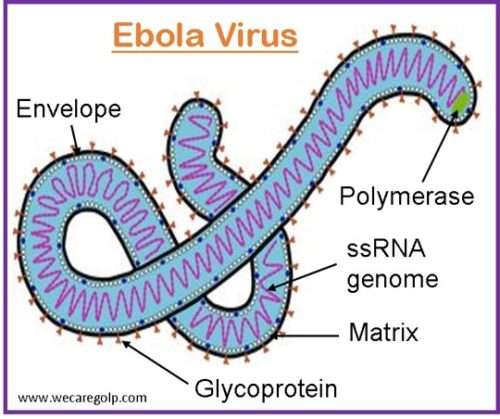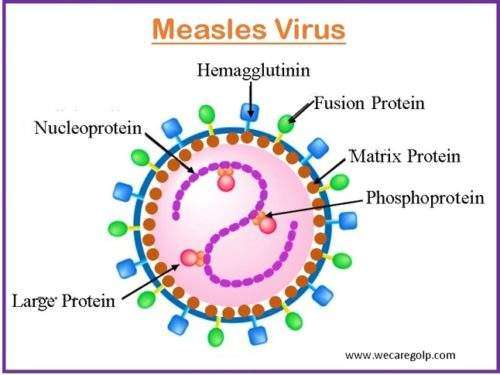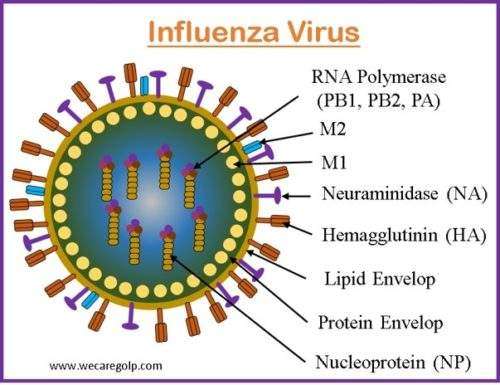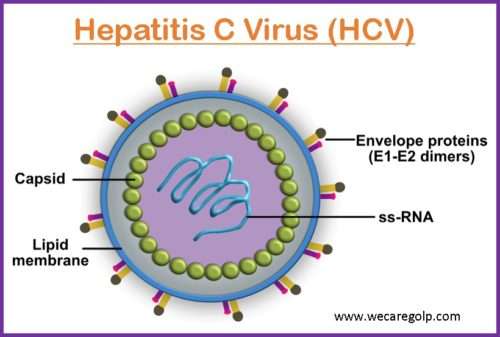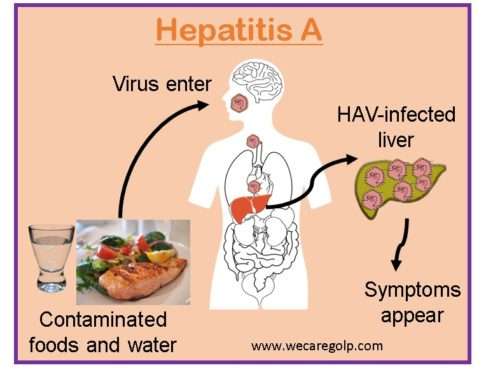Japanese Encephalitis (JE)
Introduction Japanese encephalitis (JE) is a severe, vector-borne viral encephalitis disease that can be found all over the world but is most prevalent in Asia, the Western Pacific, and northern Australia. Based on incidence and severity, the Japanese encephalitis virus (JEV), a flavivirus spread by mosquitoes, is the main cause of viral encephalitis in Asia. … Read more


